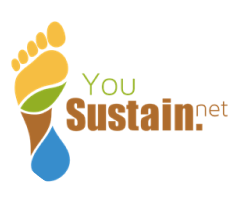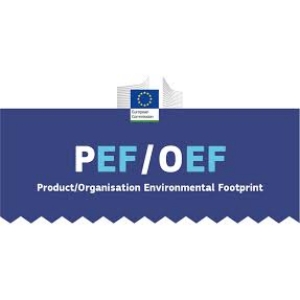Landowner sustainability profile
Why assess sustainability?
Assessing sustainability performance at the farm level is crucial to increase goods competitiveness. Farms with access to advisory services are better informed and they are more aware of the effects of their actions, both economically and environmentally.

Sustainability certification shemes often correspond to self-assessments or self-declarations in which agriculture declares to do or not do certain activities. Nowaday, monitor sustainability in this way is no longer acceptable. Best results are achieved when the assessment of the level of sustainability is integrated with significant additional agricultural commitments. In other words, consultancy, Decision Support Systems, sustainability calculators and carbon farming programs is supporting farm owners and who provide them should be proud to play its part in this mission.
And we definitely are! Fostering farmers toward a sustainable transition can only pass through cropping system digitalization.
Monitor trends, compare different cropping systems and measure GHG emissions require bigdata and user friendly tools are really sought-after products.
Check out the services and find the best one for you!



Measure your sustainability!
yousustain.net is a calculator that measures the sustainability of a farm production process. It utilizes indicators for measuring the sustainability of cropping systems decisions during the growing season. It works all around the word on dozens of crops. The main ones are: ….
YouSustain.net offers a constantly evolving, comprehensive range of sustainability indicators. The methods and the algorithms have been certified by CCPB, n Italian certification body for sustainability and organic farming. YouSustain.net calculates mitigation indicators of health and biodiversity compartments to reduce the exposure to pesticide hazard. Proper storage and management of plant protection products before, during and after a treatment, significantly affect pesticide exposure to ecosystems and humans.

How to use it:
Build up a crop unit (a hectare of a crop with the same farming system)
Fill in an agricultural field notebook and record all crops activities from soil tillage to harvesting
YouSustain.net calculates KPIs
Try it comparing two different cropping systems! Good news:
- Customizing the list of indicators that fit your need
- Integrating with check lists, additional protocols and social indicator
- Comparison of unlimited number of scenarios in one study/unlimited bechmark
- Crop assessment: arable and perennials crops
- Cradle to "warehouse” gate, system boundary expansion up to for agri-food product
In addition to the 20 main indicators, yousustain.net calculates more than 190 extra agronomic and environmental engineering KPIs, mainly for Life Cycle Assessment (LCA) and Product `nvironmental footprint (P`F) evaluation. Reports writing and baseline scenario drafting are complementary activities especially necessary in comparison projects of different crop managements.


LCA (Life Cycle Assessment) is a methodology for assessing environmental impacts associated with all the stages of the life cycle of a commercial product, process, or service. In agriculture, products are cereals, fruits vegetables, oils, meat, milk, eggs, and fungi.
Horta’s expertise is in life cycle inventory of food raw material products, i.e. crop cultivation Vcradle-to-farm gate). Horta infrastructure helps environmental engineering consultants in drafting product LCA reports. Digital field books provide farm data to quantify GHG emissions and other impacts required to draw up LCA performance reports. Data collected feedalgorithms and KPIs achieved provide ready-to-use field data for a cradle-to-grave LCA of agricultural productions.
Tools available support:
ISO 14040 Life Cycle Assessment (LCA)
ISO 14067 Product and organization Carbon Footprint
P`F (Product `nvironmental Footprint) is a method promoted by the `uropean Commission measuring
environmental performance. The indices allow to evaluate, from different points of view, the environmental
footprint of a product, relying on a LCA (Life Cycle Assessment) approach.
Horta support food chains with the automatic calculation of P`F impact categories for each crop activity carried
out on field by farmers. Impact categories algorithms follow reccomendations of `uropean Commision (`U) 2021/2279 of 15 December 2021 on the use of the `nvironmental Footprint methods to measure and communicate the life cycle environmental performance of products and organisations.
Impact categories considered in the so-called Life Cycle Impact Assessment (LCIA) include climate change, ozone
depletion, eutrophication, acidification, human toxicity Vcancer and non-cancer related), respiratory inorganics,
ionizing radiation, ecotoxicity, photochemical ozone formation, land use, and resource depletion.
Impact categories calculation has been calibrated for more than 35 crops.
